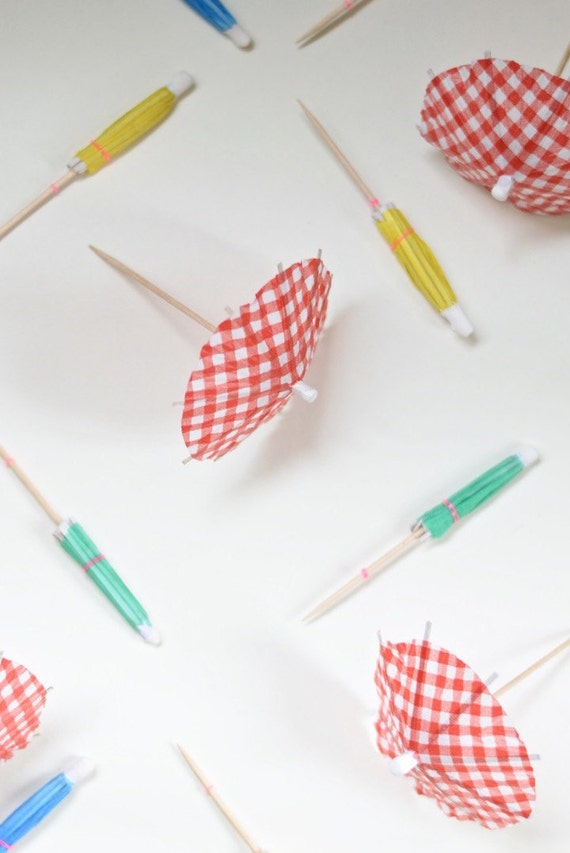In my ongoing effort to eat less cheese, I have been trying to expand the palet of spreads that I can easily make from scratch at home. Why spreads? Well, I love eating cheese on bread and if I want to reduce my cheese consumption I will need to have good plant based alternatives that I can spread on my slices of bread. Next to the horseradish pumpkin seed spread I blogged about a few years ago, hummus is one of those delicious alternatives I love. Today I will share my basic recipe for a creamy hummus with you.

Creamy vs chunky hummus
I prefer my hummus to have a creamy spreadable texture. I can eat the more chunky types of course, but I enjoy the finely processed ones much more. And in my experience the homemade hummus is often more chunky than some of my favorite shop bought ones. In an effort to reach the same level of level of creaminess while staying away from adding olive oil or cream cheese, like the french sometimes do (really!), I have been searching for the secret behind this texture and I think I found it!
There are three or four things that make a hummus creamier than their chunky counterparts. First of all it’s all about the chickpeas, and how to process them. Removing the skin around the chickpea after they are boiled, makes a huge difference in the final texture. It’s a bit of a finicky job, but definitely worth it. A second thing that helps is using a good amount of tahini in an almost 1-to-1 ratio to chickpeas. The last thing that involves the ingredients is: water. What’s creamy about water I wondered at first? Until I saw what happened in our blender as I added the water to the mixture. Without a sufficient amount of water, the tahini, lemon juice and chickpeas coagulate and that makes the processing very difficult. So adding water, quite a bit of it, is important. Water is a magical ingredient that somehow emulsifies everything into a great texture. And then as a last – non ingredient – helpful step: processing, blending or mixing the mix for a good couple of minutes is very important. It’s important to mix till your mix reaches a very creamy and airy consistency.
That’s basically it. When you follow these few steps while making the spread or dip, you will make a better than shop bought hummus. Try it out and let me know if it works for you too.
Ingredients
- 300 g boiled (hulled) chickpeas
- 200 g tahini
- +/- 300 g water (don’t add all at once, you might need less)
- juice of one lemon
- good pinch of ground cumin
- small pinch of salt
How to
Prepare your chickpeas in advance. Soak them for 24 hours and then boil them until they are still firm, but soft enough to bite through and eat. They shouldn’t be mushy though. Now you can let them cool down by taking them out of the water and leaving them or by rinsing them with cold water. Now you can start the slightly tedious process of removing the skins of your chickpeas. You take a chickpea in between your fingers and you can just push the skin off. The pea will pop out out of the skin. It’s that easy actually and as long as you don’t make 1kg of chickpeas, you will be done in 15 minutes or so.
Now the easy part starts. You can now process the lemon juice, garlic cloves, ground cumin, half of the water and salt. I did that in a blender as I don’t have a food processor. After mixing it, you can add the tahini and mix it again. Now you can slowly add the chickpeas while mixing/processing. Observe (and taste) the consistency and if you think it’s still too stiff and chunky, you can slowly add more and more water till you reach the perfect consistency. The amount of water you add, will depend a bit on your chickpeas and how long you have cooked them, but also on your personal taste. Don’t forget to process/mix the hummus as long as possible and then you are done. The hummus is ready to be served on a piece of (pita) bread. Enjoy!

Freezing hummus
As a little afterthought I want to show you how I store my hummus. I make my own hummus because I like to know the ingredients in my food, but also because we live far away from a big city and that makes it really hard to impulsively buy these kind of things. It’s therefore important for me to have ready-to-eat hummus in our freezer as I don’t want to make hummus on a weekly or bi-weekly basis. I want to be able to impulsively shop hummus from our own frozen pantry, if you know what I mean.
And therefore I freeze our hummus in small quantities after I have prepared it. For this I use these tiny containers that I fill with all kinds of other spreads as well. The hummus stays in our freezer for a month or two. Some say that you can sprinkle a bit of oil on top of your hummus to stop it from drying out. But I use so much tahini in my hummus, that it works out like this as well. I take them out and place them in the fridge when I want to use them. C’est tout !










